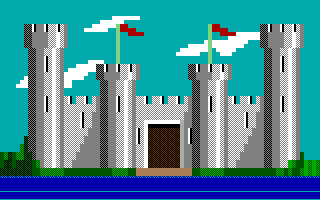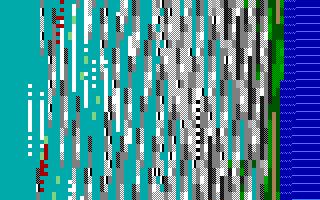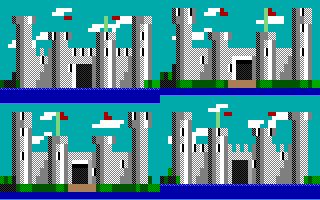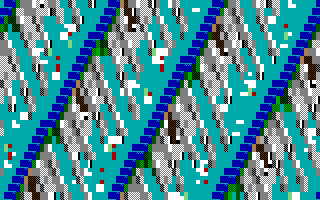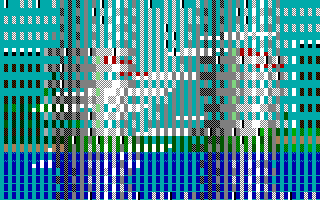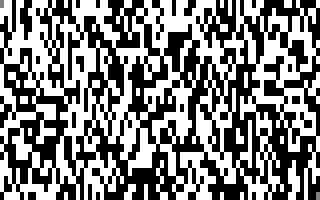Live animal testing seems to be a particularly contentious issue, given the number of people who protest against it and the lengths that they go to to attempt to prevent it.
The first question is, I suppose, whether we should be using live animals for testing in the first place. I think we should - a living animal is an extremely complicated thing, so we can't get the same information with a computer model. If it were possible to get the same results without using live animals, you an be sure that the scientists would, because live animals are messy and expensive (and dangerous if you factor in the increased risk of being victimized by animal rights terrorists). Testing on humans would be even more contentious. And not doing the testing at all would pretty much bring a stop to the advances in medicine and macrobiology that we have been making for centuries, and which account for much of our life expectancy and quality of life today.
The second question is whether animal testing is unnecessarily cruel - i.e. more cruelty is involved than is actually necessary to perform the experiment. Certainly there are documented examples of such cruelty. I suppose this is inevitable - as long as there are some people who get a kick out of hurting animals, and no matter how good the screening processes and safeguards are, some of them will be drawn to careers in animal testing, and when they do these things will happen. But I very much doubt that these isolated incidents are indicative of systemic failure of process - if they were then the animal rights people would not need to distort the evidence so much to make it look that way.
The number of animals killed for testing purposes is tiny compared to the number of animals killed for food, and I suspect that the science animals are better looked after on average. Yet there don't seem to be quite so many protests about that. Perhaps this is because monkeys seem more human than cows and chickens. Or that farming, being more common, is seen as less mysterious and therefore less threatening. Or that extracting sustenance from animals is somehow nobler than extracting information from them.
